Mild spring weather potentially as dangerous for pets than extreme summer heatwaves, vets warn.
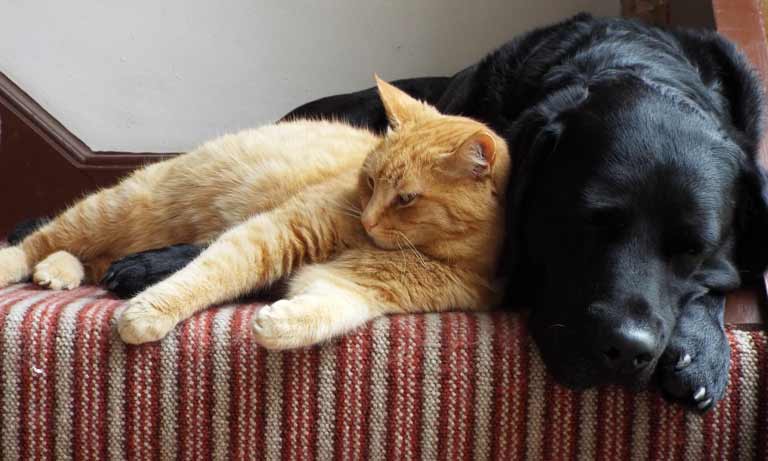
2023/05/07 BVA warns pet owners not to be caught off guard by the seemingly cooler months of late spring and early summer. The British Veterinary Association (BVA) has released new statistics showing that during last year’s record-breaking heatwave, where temperatures soared to in excess of 40C, vets saw fewer cases of heat-related conditions in pets, such as heatstroke, burnt paw pads, sunburn and breathing difficulties, than the summer of 2018, which was by comparison significantly cooler. Read more.
A new look at allergen immunotherapy because pets have allergies, too

2023/05/01 By Caitlee Callahan Canine atopic dermatitis (CAD) is a genetically predisposed inflammatory and pruritic skin disease with clinical features associated with immunoglobulin (Ig)E antibodies most commonly triggered by environmental allergens.1 Feline atopic skin syndrome (FASS) is an inflammatory and pruritic skin syndrome of cats that may be associated with IgE antibodies activated by environmental allergens.2 Small animal practices see patients with CAD and FASS often and many drugs are used for symptomatic therapy, however, the only definitive treatment is allergen immunotherapy. Read more.
Significant reform of EMS needed: BVA launches new policy position.
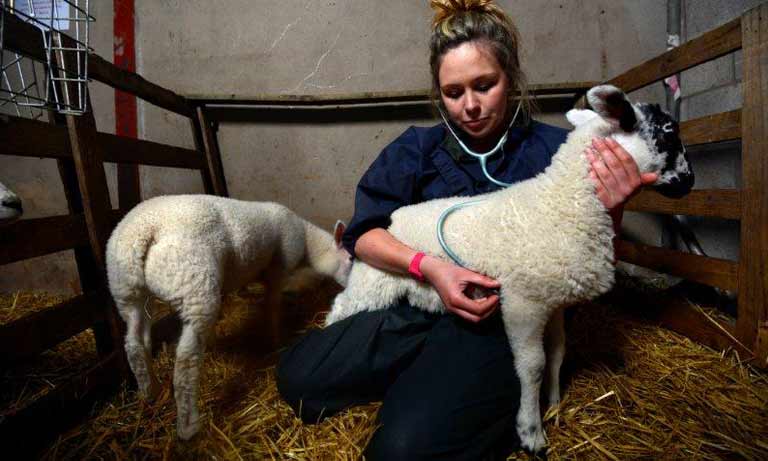
2023/04/24 The British Veterinary Association (BVA) is calling for the Extra-mural Studies (EMS) requirement of veterinary education to be reviewed and updated to make it effective, accessible, and sustainable for today’s veterinary students, vet schools and EMS providers. Read more.
Pound for Pound: How Diet Makes a Difference in Healthy Weight Loss
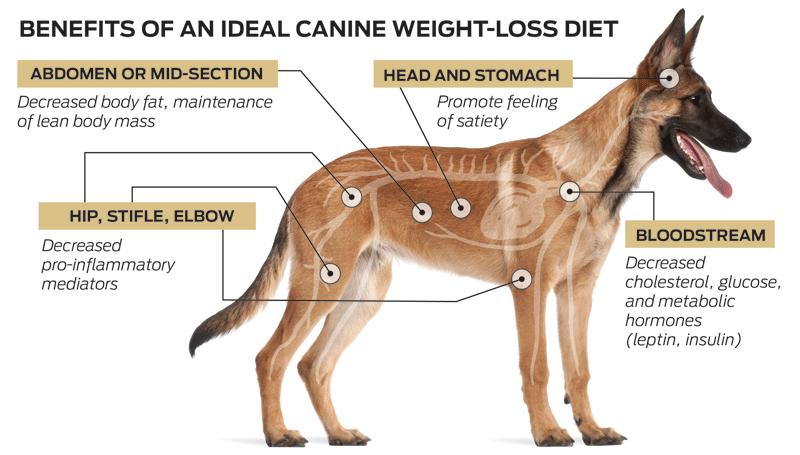
2023/04/16 By Yuanlong Pan, BVM, PhD, Fellow Scientist, Nestlé Purina While all weight-management diets are designed to reduce a dog’s daily intake of calories, there is more to successful weight loss than calorie reduction. The nutritional composition of the ideal diet should also address the following objectives: Read more
British Veterinary Association responds to the gender pay gap in the veterinary profession

2023/04/09 It has revealed that eight out of ten firms pay men more than women and the wage difference remains at 9.4%, the same level as in 2017/18. The report includes data for vet businesses with more than 250 members of staff and shows that the inequality of pay seen nationally is also reflected across the veterinary profession. BVA President Malcolm Morley said: “This report makes for extremely disappointing reading. Whilst the gender pay gap nationally is as large as it was five years ago, it’s even more concerning that no meaningful progress has been made in addressing this fundamental inequality within the veterinary sector. Read more.
An update on the practical use of NT-proBNP in dogs and cats
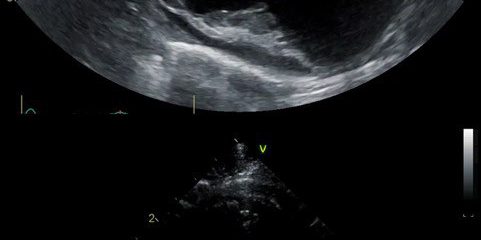
N-terminal pro-B-type natriuretic peptide (NT-proBNP) is a biomarker of myocardial stretch. Increased circulating concentrations are associated with increased filling pressures which occur in several important cardiac diseases, including myxomatous mitral valve disease (MMVD), dilated cardiomyopathy (DCM) and hypertrophic cardiomyopathy (HCM). This biomarker can aid clinical decision making in patients where access to echocardiography is limited. However, like any diagnostic test, the clinical usefulness of NT-proBNP is greatest in situations in which the clinical suspicion of disease is high (eg to rule in heart disease in a cat with a murmur and a gallop sound) or very low (eg to rule out significant heart disease in middle-aged small-breed dogs without a murmur). The available commercial tests are a point-of-care (POC) ELISA for cats and quantitative ELISAs for both dogs and cats, which are only available at reference laboratories. Ethylenediamine tetra-acetic acid (EDTA) plasma samples are the preferred sample type for NT-proBNP testing in most clinical scenarios; however, pleural fluid can also be used in cats. Diagnostic accuracy is higher for plasma samples than for pleural fluid samples, and so plasma samples should be used in preference. Nevertheless, in very unstable patients with pleural effusion it might not be prudent to obtain a blood sample, whereas a pleural fluid sample will be collected during stabilisation. In this situation it is reasonable to compromise diagnostic accuracy in favour of patient safety. Read more…
AVMA Is Urged To Address Veterinarian Shortage

The profession is in dire need of more practitioners, a group letter states. WRITTEN BY TODAY’S VETERINARY BUSINESS IN JANUARY 2022 Twenty-four industry leaders have called on the American Veterinary Medical Association to support an increase in veterinary college class sizes and back other initiatives to alleviate that they called an “acute and growing” workforce crisis. In a letter sent to the AVMA board of directors, the group members volunteered their services “in support of training additional future veterinarians.” In response, AVMA President Jose Arce, DVM, and CEO Janet Donlin, DVM, said they appreciated “the thoughtful perspectives [of] our veterinary colleagues about working together to resolve our profession’s workforce challenges.” “The ongoing COVID pandemic has presented historic challenges to society and to our profession,” Drs. Arce and Donlin said. “The confluence of so many complex issues means that it’s more important than ever to evaluate the entire universe of our workforce challenges and fully consider the impacts of various solutions. That way, when we move those solutions forward, they have the best chance of success. We will continue to collaborate across the profession as we navigate through these very challenging times and provide the best possible support to our members, their teams and our patients and clients.” Read more…
New research reveals brachycephalic dogs at 7x risk of cherry eye

Arlo Guthrie The Royal Veterinary College has published new research which has revealed the risk factors for Prolapsed Nictitating Membrane Gland, aka Cherry Eye, in dogs. Led by the RVC’s VetCompass Programme, researchers say the study1 was the largest exploration of cherry eye in dogs in the world. The research team followed the anonymised veterinary health records of 905,553 dogs for a year and identified that 0.20% (1,802 dogs) were affected by this condition. Certain breeds showed showed significantly high proportions of dogs with cherry eye, including: Neapolitan Mastiffs (4.9%), English Bulldogs (4.8%), Lhasa Apsos (1.6%) and American Cocker Spaniels (1.5%). Importantly, say the researchers, some popular designer breeds of flat-faced dogs were also hugely affected, such as the Puggle (Pug x Beagle) (2.1%) and Jug (Jack Russell Terrier x Pug) (1.2%), suggesting the recent craze for designer crossbreeds does not eliminate health issues associated with the parental pure breeds. Overall, brachycephalic breeds had 6.9 times the risk of cherry eye compared with dogs with medium skull length, with the Neapolitan Mastiff at the top of the league table with a risk factor of x34. Other findings from the study included: One in every 500 dogs (0.20%) overall in the UK suffer from cherry eye every year The average age at first diagnosis of cherry eye was 0.6 years Seventeen breeds showed increased risk of cherry eye compared with crossbred dogs. The breeds with the highest risk included Neapolitan Mastiff (x 34.3), English Bulldog (x 24.1), Lhasa Apso (x 12.4), American Cocker Spaniel (x 11.6), Puggle (x 9.5), Great Dane (x 6.2), Saint Bernard (x 5.3) and Jug (x 5.2) Sixteen breeds showed reduced risk of cherry eye compared with crossbred dogs. The breeds with the lowest risk included German Shepherd Dog (x 0.03), West Highland White Terrier (x 0.06), English Springer Spaniel (x 0.07), Labrador Retriever (x 0.12) and Lurcher (x 0.12) Read more…
Protecting dogs from ticks infected with multiple diseases
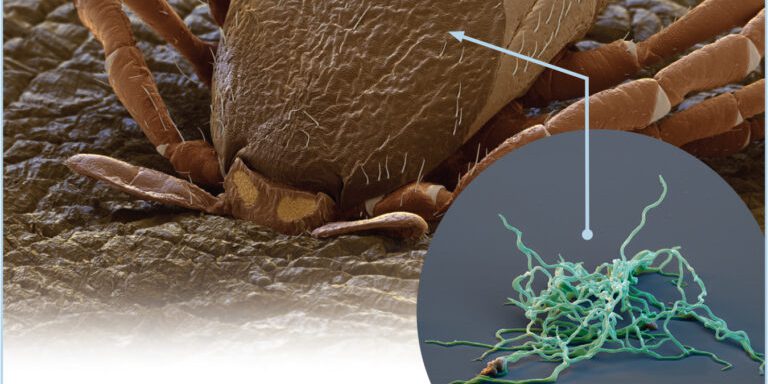
Source: Veterinary Practice News Protecting dogs from the dangers of ticks is one of the most difficult challenges we face in modern veterinary medicine. While preventing fleas is a relatively straightforward process for both veterinarians and pet owners, ticks pose a series of threats all their own. Unlike fleas, which present primarily as one predictable species (the cat flea), ticks come in a variety of species, each threatening pets with a unique set of behaviors, feeding habits and seasonality. And, as opposed to fleas who are predictably sensitive to the isoxazoline class of drugs, ticks vary in their susceptibility to active ingredients. For instance, the Lone Star tick is notoriously much harder to kill than many other tick species1. Additional tick traits that make them difficult to control: Unlike fleas, ticks spend the majority of their lives off of the host in the environment Reproduction happens primarily on wildlife (and not on pets), so their reproduction is extremely difficult to control They are resistant to adverse environments and conditions They are able to adapt to many habitats and expand into new territories Ticks can parasitize a wide variety of hosts They have complex life cycles Even more challenging is the number of diseases ticks can simultaneously carry. Because ticks have multiple life stages that each requires a blood meal from a different host, by the time a tick has reached adulthood, it has already had two blood meals from two different hosts that each could have been carrying a disease like Anaplasmosis, Lyme disease, Ehrlichiosis or Rocky Mountain spotted fever. In other words, as a tick matures through its life cycle, it has the ability to accumulate a variety of disease agents that it can then infect a pet with as it feeds. For that reason, it’s important to think beyond just one tick-borne disease and its transmission time to consider the multiple diseases a tick may pass on. Read more…
China lifts ban on certain pet food imports

Exported canned pet compound food (wet food), exported pet snacks and other commercially sterilized canned pet food of avian origin will not be affected by avian-related epidemics and will be allowed to be exported to China. That’s what General Administration of Customs, P.R. China, has announced last week. So far, globally there are 19 countries that have been approved to export finished pet food products or raw materials to China: The Netherlands, France, Belgium, Germany, Denmark, the Czech Republic, Italy, the United States, Canada, Brazil, Argentina, New Zealand, Australia, Austria, Spain, Thailand, the Philippines, Uzbekistan, and Kyrgyzstan. In addition, exported pet snacks do not need to apply for the Registered License issued by the Ministry of Agriculture and Rural Affairs. For companies that have been blocked from exporting to China due to the ban on poultry ingredients, this is good news. [Source: Globalpet Industry]
